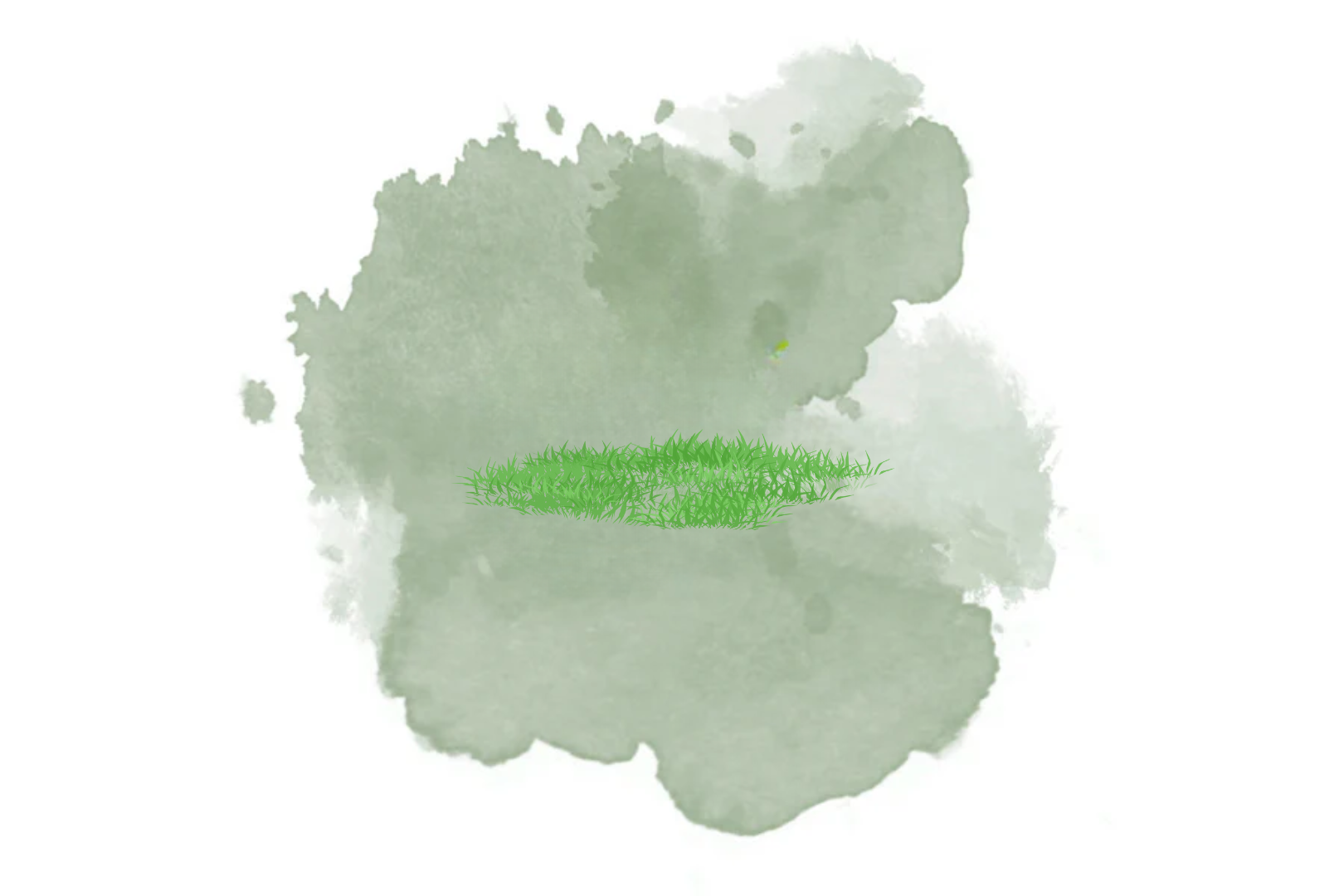Dichondra is a perennial herbaceous plant that is gaining popularity as an alternative to traditional grass lawns. Known for its beauty and ease of care, dichondra offers numerous benefits for those seeking a green lawn without too much effort. Below are the strengths and weaknesses of dichondra:
Strengths of Dichondra
- Great Shade Tolerance: Dichondra, especially Dichondra repens, adapts well to partial shade, thriving with as little as 4-5 hours of direct sunlight per day. This makes it ideal for gardens with shaded areas.
- Resistant to Fungal Diseases: This plant is resistant to fungal diseases, reducing the need for chemical treatments and contributing to a healthier, more natural garden.
- Medium-Low Water Requirements: Dichondra has good drought resistance and does not need excessive watering, thriving even in poor, loose soils.
- Very Low Maintenance: It doesn't require frequent mowing; cutting it once a month can be enough to keep it low and even. Perfect for those looking for a low-maintenance lawn.
Weaknesses of Dichondra
- No Selective Weed Control Possible: Dichondra doesn't allow for the use of selective herbicides, which can make controlling broadleaf weeds challenging.
- Struggles in Compacted Soils: Dichondra prefers loose, well-drained soils; its growth can be negatively affected by compacted ground.
- Not Very Tolerant to Foot Traffic: Although it can tolerate some foot traffic, it tends to thin out if used heavily, yellowing and deteriorating quickly.
- Sensitive to Extreme Cold: Dichondra is not highly resistant to severe frost and may suffer damage during very cold periods, especially in colder regions.
- Avoid Late Seeding (Autumn): It’s best not to plant dichondra in autumn, as lower temperatures can hinder germination and seedling growth.
How to Grow Dichondra
To get the best results with your dichondra, follow these simple steps:
- Soil Preparation: Remove weeds and stones, leveling the surface.
- Sowing: Sow dichondra seeds according to the package instructions (typically 10-15 g of seeds per square meter).
- Covering the Seeds: Cover the seeds with a thin layer of soil and water gently.
- Maintaining Moisture: Keep the soil moist until germination, which occurs in 10-15 days.
- Reducing Watering: Once the seedlings have grown, gradually reduce watering; dichondra is drought-resistant once established.
Conclusion
With its combination of aesthetic beauty and low maintenance, dichondra is an ideal choice for those who want a green lawn without long hours of care. However, it's important to consider some of its limitations related to resistance and soil conditions. Choosing dichondra means opting for a healthy and attractive garden with minimal effort!

![#Taglia_1.7kg [sku-A0291] [lang-IT] [lang-EN]](http://lerava.com/cdn/shop/files/Cessione_IT.png?v=1749635507&width=2000)
![#Taglia_1.7kg [sku-A0291] [lang-IT] [lang-EN]](http://lerava.com/cdn/shop/files/Cessione_IT.png?v=1749635507&width=104)
![[lang-IT] [lang-EN]](http://lerava.com/cdn/shop/products/B09SLG7DHN.MAIN.jpg?v=1674813929&width=104)
![#Taglia_70m² [sku-VV-KMTV-QLBE] [lang-it] [lang-en]](http://lerava.com/cdn/shop/files/Primavera_IT_1.png?v=1749609539&width=104)
![#Taglia_100m² [sku-A0360] [lang-IT] [lang-EN]](http://lerava.com/cdn/shop/files/ESTATE_IT_100m.jpg?v=1751879953&width=104)
![#Taglia_70 m² [sku-A0016] [lang-it] [lang-en]](http://lerava.com/cdn/shop/files/Add_a_heading.png?v=1758461245&width=104)
![[lang-IT] [lang-EN]](http://lerava.com/cdn/shop/files/Solfato_Di_Ferro_IT_1.png?v=1749608449&width=104)
![#Taglia_30m² [sku-AVARACH] [lang-IT] [lang-EN]](http://lerava.com/cdn/shop/files/Champion_IT.png?v=1749608049&width=104)
![#Taglia_30m² [sku-A0265] [lang-IT] [lang-EN]](http://lerava.com/cdn/shop/files/Express_IT_1.png?v=1749619514&width=104)
![#Taglia_10m² [sku-A0148] [lang-IT] [lang-EN]](http://lerava.com/cdn/shop/files/1_10_IT.jpg?v=1727419569&width=104)
![#Taglia_20m² | 200g [sku-A0192] [lang-IT] [lang-En]](http://lerava.com/cdn/shop/files/1_1_193571c2-dc92-488a-b9ac-170592f0b658.jpg?v=1744210602&width=104)
![#Taglia_200g [sku-A0220] [lang-IT] [lang-EN]](http://lerava.com/cdn/shop/files/IT_Semi-Trifoglio200g.jpg?v=1756610388&width=104)






